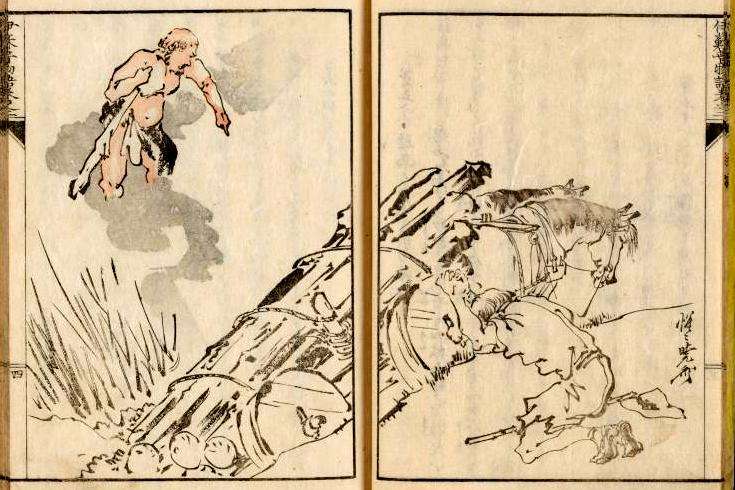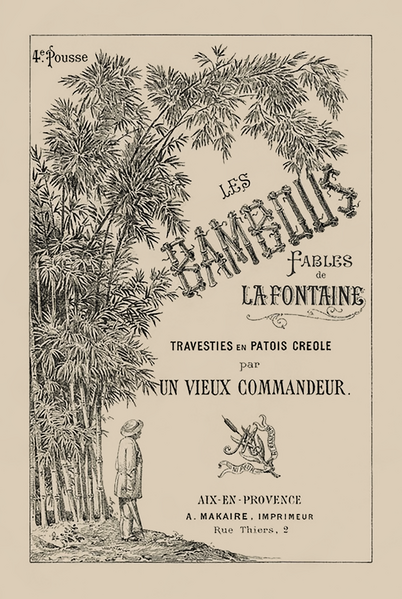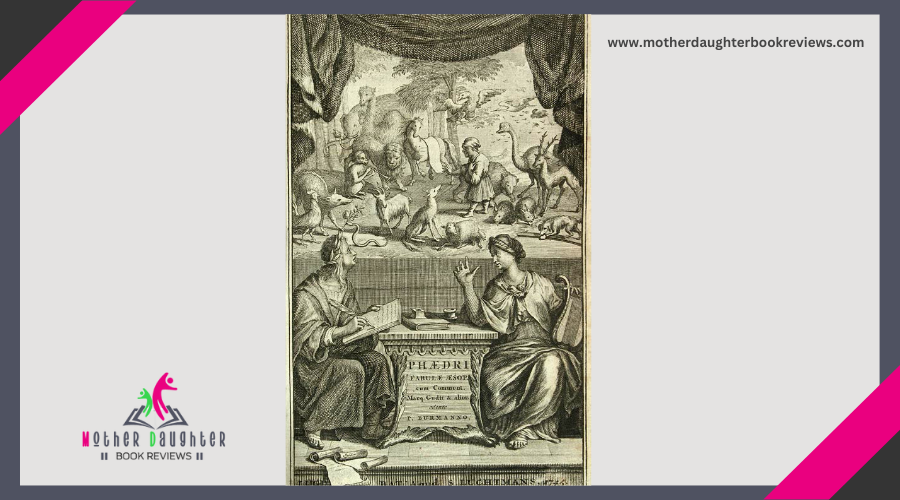How Do Ancient Fables Teach Morality and Wisdom?

Ancient fables teach morality and wisdom by personifying animals with human traits, making them relatable and engaging. These stories use symbolism to embed deeper meanings, like how the tortoise embodies persistence and the hare signifies arrogance. Ethical dilemmas within fables illustrate the consequences of actions, promoting virtues like honesty and integrity. The universal appeal of these tales transcends cultures, offering timeless moral lessons.
The Role of Anthropomorphism
Anthropomorphism plays a crucial role in ancient fables, bringing animals and inanimate objects to life with human traits and emotions. You'll find that these animal characters aren't just for entertainment; they serve a deeper purpose. By giving animals human qualities, fables make it easier for you to relate to the stories and the moral lessons they aim to teach.
These characters allow you to see yourself and others in the narrative, making the moral lessons more impactful. For instance, Aesop's fables often use animals to highlight virtues like honesty, kindness, and wisdom, or to warn against vices like greed and arrogance.
Symbolism and Allegory
While anthropomorphism breathes life into characters, symbolism and allegory add depth to ancient fables by embedding layers of meaning beneath the surface. When you read these stories, you'll find that every element, from objects to actions, carries symbolic weight. This narrative structure allows fables to convey moral lessons in a way that's both engaging and thought-provoking.
Take, for example, Aesop's fable "The Tortoise and the Hare." The tortoise represents persistence and steady effort, while the hare symbolizes arrogance and complacency. Through their race, you're taught that slow and steady wins the race, a moral lesson that transcends the literal storyline. Symbolism and allegory transform simple tales into rich, educational experiences.
Furthermore, allegory allows you to see connections between the fable and real-life situations. By understanding that the characters and events hold deeper meanings, you can apply these lessons to your own life. This dual-layered narrative structure guarantees that the wisdom imparted by ancient fables remains relevant across generations.
Cultural Universality
When you investigate ancient fables, you'll notice how their themes and lessons resonate across different cultures. These stories, regardless of whether from ancient Greece, India, or China, often share common threads that highlight human nature and ethical behavior. This cross-cultural narrative shows that despite geographical and historical differences, people have always grappled with similar moral questions and societal issues.
Take Aesop's fables, for instance. Tales like "The Boy Who Cried Wolf" or "The Tortoise and the Hare" offer timeless lessons about honesty and perseverance. These themes aren't confined to Western culture; similar stories appear in African, Asian, and Native American traditions. They teach that certain moral truths are universally acknowledged, regardless of where you come from.
Moreover, these fables often use animals and mythical creatures to impart wisdom, making the lessons more relatable and memorable. By personifying virtues and vices, they simplify complex ideas, making them accessible to all generations and backgrounds. This universality underscores the shared human experience, demonstrating that wisdom and morality transcend cultural boundaries.
Ethical Dilemmas and Resolutions
Ancient fables frequently present ethical dilemmas that force characters to choose between right and wrong, highlighting the complexities of moral decision-making. These stories often explore moral ambiguity, where the right choice isn't always clear. As you read these fables, you're invited to ponder the ethical challenges faced by the characters and reflect on your own decision-making processes.
Consider these key elements:
- Conflicting Desires: Characters often face conflicting desires that challenge their morality. For example, in "The Fox and the Grapes," the fox must choose between admitting defeat or lying to save face.
- Consequences of Actions: Fables illustrate how actions, regardless of being right or wrong, have consequences. The story of "The Boy Who Cried Wolf" shows the repercussions of dishonesty.
- Lessons on Integrity: Many fables emphasize the importance of integrity. In "The Tortoise and the Hare," the tortoise's perseverance and honesty contrast sharply with the hare's arrogance and deceit.
- Resolution through Wisdom: Characters often resolve dilemmas using wisdom. "The Lion and the Mouse" teaches that even the smallest creatures can provide valuable help, encouraging humility and mutual respect.

Consequences and Rewards
Ethical dilemmas in fables often lead to significant outcomes that shape the characters' futures. When you read these stories, you'll notice that consequences and rewards are central to their moral lessons.
Take, for instance, "The Boy Who Cried Wolf." The boy's repeated lies eventually lead to dire consequences when no one believes him during an actual emergency. This teaches you the importance of honesty and the grave repercussions of deceit. On the flip side, in "The Ant and the Grasshopper," the ant's hard work and preparation are rewarded with survival during winter, while the grasshopper's laziness results in suffering, underscoring the value of diligence and foresight.
These consequences and rewards are not just plot devices but serve to drive home crucial moral lessons. They facilitate character development by showing the tangible results of good and bad actions. As you explore these fables, you'll find that the clear-cut outcomes make the moral teachings more impactful, helping you internalize virtues and vices in a memorable way.
Influence on Modern Education
In modern education, fables play a vital role in teaching moral lessons and critical thinking skills. By incorporating ancient fables into the curriculum, you can help students develop fundamental life skills and ethical perspectives. These timeless stories offer a rich source of moral frameworks, guiding young minds toward understanding right from wrong.
Here are four key ways fables influence modern education:
- Moral Frameworks: Fables provide clear examples of virtues like honesty, kindness, and perseverance. They give students concrete scenarios to discuss and analyze, helping them build their own moral compasses.
- Critical Thinking: Through educational storytelling, fables encourage students to think critically about the consequences of actions. They learn to question motives, predict outcomes, and understand the broader implications of behavior.
- Cultural Awareness: Fables often come from diverse cultural backgrounds, exposing students to different traditions and values. This fosters a more inclusive and empathetic worldview.
- Engagement: The narrative format of fables makes learning more engaging. Students are more likely to remember lessons from stories than from abstract principles alone.

Conclusion
Ancient fables offer timeless lessons that continue to resonate in today’s world. These stories use animals and symbolism to present moral teachings in a way that is easy to understand and relate to. From honesty to perseverance, the fables gently guide us toward understanding the value of good choices and the consequences of poor ones. By connecting people across cultures and generations, these tales remind us that the pursuit of wisdom and kindness is a universal journey.




